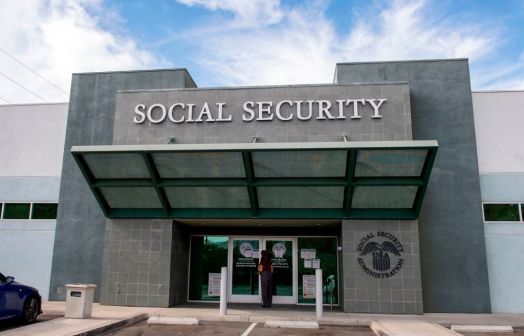Agencies need in-house techies to know how to buy good tech, GAO reiterates

Spend enough time around personnel from tech-in-government organizations like 18F and the U.S. Digital Service, and you’ll hear them say something like this: Their teams save the taxpayers money not just by building things, but also by being in the room during large-scale tech acquisitions and knowing the right questions to ask or how to call a salesman’s bluff. It’s a simple value proposition, leaders say, but a powerful one.
According to a recent Government Accountability Office report, the federal acquisitions workforce writ large needs more of that expertise.
Asked to survey how the acquisition landscape has changed in the past decade, GAO found various improvements in the form of workforce planning and training. But ultimately, it decided, “finding workers with the technical knowledge for complex IT purchases is still difficult.”
“The acquisition workforce faces skill gaps due to the increasing complexity of acquisitions, particularly IT acquisitions, according to officials we spoke with for this review,” the report states. “Officials from Department of Defense, General Services Administration, and one industry group indicated that a lack of technical knowledge presents challenges for effectively planning and executing complex IT acquisitions.”
There have been strides in the right direction, however. For example, the report specifically calls out USDS’s Digital IT Acquisition Professional (DITAP) Program, which launched in 2015. In May, in partnership with the Office of Federal Procurement Policy, DITAP launched a new certification track called the Federal Acquisition Certification in Contracting-Digital Services, or FAC-C-DS. FAC-C-DS trains acquisition officials in procurement with an eye to creating “technology acquisition mavericks.”
GAO doesn’t make any new recommendations in the recent report, citing the “numerous” recommendations it has made on the topic in the past.
When it comes to IT savvy in the acquisition workforce, GAO says, agencies would be well served to “rigorously” assess any gap between employees current skills and the agency’s future needs, and then take steps, such as participating in training programs, to address these gaps.






